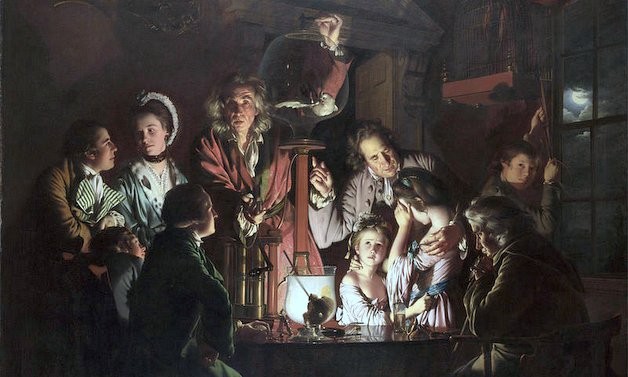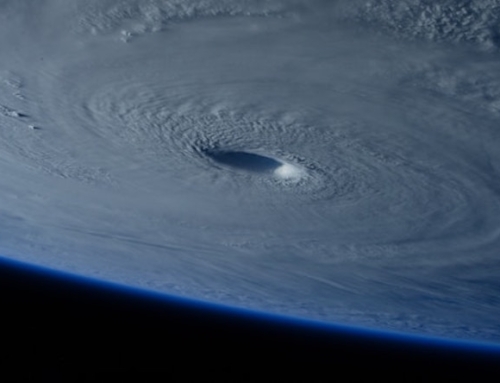When something stops working, our first reaction is often to find someone who knows how to fix it. Whether it’s a car, a computer, or a toaster, most of us aren’t inclined to try and tinker around with some machine that we are just as likely to make worse as better. We are all pretty good at telling when something isn’t working right, but it’s far more difficult to discern why. Clearly this piece of technology is designed to do some useful task, and when it stops doing that task, we need someone to reorder its parts to get it working again.
In certain ways this is exactly how many people look at the natural world as well. Many natural things obey observable patterns or standards. Squirrels tend to gather nuts for the winter; apple seeds tend to grow into apple trees; and water tends to flow downhill. If one of these normal trends fails, we notice, even if we don’t call a mechanic to look under the hood of the withered apple tree. While we may have some inkling as to what might have gone wrong to interrupt the process, true knowledge of the process is left to the experts. And for a long time, those experts have been telling us that nature, just like the machine, is simply a matter of understanding the parts.
We are basically told by these experts that our intuition that natural things move towards some end or purpose is just a convenient way of looking at things—a pretty picture to dress up our ignorance. The alternate model proposed is that one simply break the natural process down into its parts to see how each works, both individually and with the other parts, to produce the apparent purpose. By this process we can banish any talk of natural ends from our discussion of science.
There are a whole host of philosophical and scientific problems that this trend in modern thought raises and ample grounds to question the reasonableness of the project of denying natural ends. For instance, if you are going to explain away something that looks like a natural end by claiming that it is simply the purposeless motion of its parts, then you had better hope that the parts themselves don’t demonstrate motion to an end. Inevitably, parts are broken down into other smaller parts and the question only temporarily forestalled. The apparent purpose of the apple seed growing into an apple tree is slowly stripped away as we descend down to more and more fundamental layers of explanation. The descent passes through organs, cells, molecules, and atoms until we get to the fundamental particles of nature at which point the claim is that any semblance of a natural end has been seemingly ground into nothingness.
The problem is that the ends never actually go away. Electrons and quarks and any other particles we care to consider may not act like any normal macroscopic objects, but that does not mean they do not have natural ends. Quantum Field Theory is far from intuitive, but the motions and interactions it describes follow a coherent order and structure, despite the fact that it comes with a good dose of quantum “weirdness.”
One great example of the weird teleology of particle physics is the quark. As best we can tell, the protons and neutrons that make up the nuclei of all atoms are themselves made up of smaller particles that we call quarks. One particularly odd thing about the quarks is that, while we are confident they exist in abundance, we have never directly observed them in the way we have observed the particles they make up. The problem is that the “strong” force that binds several quarks into a “bound state” like a proton or neutron gets stronger as you try to separate one quark from the rest, unlike the electromagnetic or gravitational forces, which weaken with distance. At some point, as more and more energy is expended trying to keep hold of that one quark in the proton, there is enough energy in the system for new quarks to be created. Some of these new quarks will form a new bound state with the escaping quark and one will replace it in the original proton. We simply never find a lone quark, only bundles of quarks
Whether quarks are truly fundamental particles or are themselves made up of something smaller, one thing should be clear: they have a natural tendency towards something beyond themselves—a bound state with other quarks. That is to say, they have a natural end. So, for all the efforts of some people to explain away natural ends, modern science simply won’t oblige.
✠
Image: Joseph Wright, An Experiment on a Bird in an Air Pump







